When Russian apps enter the U.S. market, they don’t just cross borders — they cross cultural expectations, user habits, interface norms, and language patterns. Russian digital products often come from an environment where design, communication style, and user priorities differ significantly from American standards. This makes Russian to English translation / localization a critical part of whether a mobile app succeeds or fails overseas.
Yandex, VK, and ivi offer some of the best real-world examples of how Russian companies can adapt effectively. From search functions to social media feeds to streaming catalogs, these apps had to rethink not just text and UX but also tone, cultural cues, and feature behavior. Their localization strategies offer clear lessons for developers planning global expansion.
In this case study, we’ll explore the most essential tactical and strategic decisions these brands made to appeal to U.S. users — and how you can apply similar principles in your own app localization journey.
- Adapting Interface Language to Sound Natural for U.S. Users
Direct translation from Russian often results in stiff, overly formal English. Apps like Yandex Mail and VK discovered this early and shifted toward conversational, friendly phrasing that American users expect. Instead of literal commands like “Send the letter” or “Open the dialogue,” they adopted simplified wording such as “Send email” and “Open chat.” This small shift improves user comfort dramatically and helps the app feel native rather than imported.
- Redesigning UX Layouts for Western Navigation Patterns
Russian mobile design historically favors dense information layouts. U.S. users tend to prefer cleaner screens, stronger hierarchy, and more white space. When localizing, VK reorganized menu placements, updated spacing, and implemented more intuitive tab navigation. Yandex apps also redesigned their onboarding flow to match U.S. expectations, reducing steps and clarifying buttons. These UX changes made the apps feel instantly more familiar to American audiences.
- Localizing Content Libraries and Recommendations
For streaming services like ivi, translating menus wasn’t enough. The platform had to completely localize its content catalog for U.S. viewers. This meant securing English-language titles, rewriting descriptions, adding English metadata, and adjusting recommendation algorithms to match American preferences. Without this, the app would feel irrelevant despite a clean interface. Localizing content is just as important as localizing language.
- Adapting Features to Match U.S. Behavior Patterns
Russian digital culture differs from American digital habits. VK, for instance, had to rethink how users interact with communities, messaging, and news feeds. The platform introduced algorithmic feed adjustments, privacy preferences, and notification settings aligned with U.S. expectations. Meanwhile, Yandex adapted local features like maps and ride-hailing to integrate smoothly with American location names, navigation systems, and search conventions. This shows that localization often requires reengineering — not just translation.
- Rewriting Support Documents and FAQs for U.S. Tone
Customer support content is a major part of app usability. Russian help pages often use formal or technical explanations. In the U.S., users expect quick, simple, friendly support. Yandex and VK both rewrote entire documentation libraries to match conversational tone, shorter sentences, and step-by-step troubleshooting guides. This greatly reduced confusion and support tickets, highlighting how user trust relies heavily on readable support content.
- Accounting for Cultural Perception and Brand Positioning
One of the most difficult parts of entering the U.S. market is overcoming cultural unknowns. Apps like Yandex and ivi had to position themselves differently in America than in Russia — emphasizing speed, privacy, convenience, and value rather than local brand heritage. For example, Yandex promoted its search tools around accuracy and AI capabilities instead of its dominance in Russia. This kind of tailored positioning is a core success factor in Russian to English localization.
Conclusion
Localizing Russian mobile apps for the U.S. market is far more complex than rewriting text or adjusting fonts. It requires an in-depth understanding of user expectations, cultural norms, interface behavior, and communication patterns. Yandex, VK, and ivi demonstrate that successful Russian to English translation / localization means treating the U.S. release as a unique product — not just a mirrored version of the Russian app.
Companies willing to adapt UX, content, features, tone, and brand messaging gain a huge advantage when scaling globally. If you’re considering localizing your own app, study how these brands evolved their interface and communication style to meet U.S. standards. With thoughtful localization, your app can feel native to users anywhere in the world — and that’s what truly drives adoption, retention, and long-term success.
FAQs
- Why do Russian apps need extensive localization for the U.S.?
Because U.S. user expectations, design norms, and communication styles differ significantly. - Did VK change its features for American users?
Yes — especially feed behavior, privacy options, and navigation structure. - What makes Yandex successful internationally?
Strong AI features combined with careful language and UX localization. - Why must streaming apps likeivilocalize content, not just text?
Because U.S. viewers expect English titles, metadata, and recommendations. - Is localization more important than translation?
Absolutely — translation converts words, but localization creates usability.


